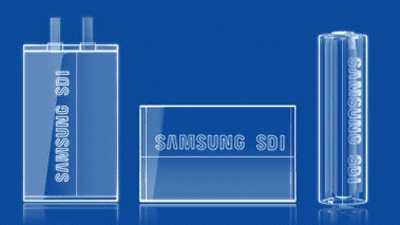MIT engineers develop super absorbent material that can collect water even from the desert

by Gustav Graeber and Carlos D. Diaz-Marín
The Massachusetts Institute of Technology (MIT) Device Laboratory has developed a new material that boasts an unprecedented water absorption rate using natural water-absorbing materials and hydrogels.
Extreme Water Uptake of Hygroscopic Hydrogels through Maximized Swelling‐Induced Salt Loading - Graeber - Advanced Materials - Wiley Online Library

This salty gel could harvest water from desert air | MIT News | Massachusetts Institute of Technology

Mr. Gustav Graeber and Mr. Carlos D. Diaz-Marin of the MIT Device Laboratory have added lithium chloride, a type of salt known as a desiccant, to hydrogel, a natural absorbent material that is also used in disposable diapers. injected to increase the water absorbency of the hydrogel.
Attempts to inject salt into hydrogels have been made for some time, and the most efficient hydrogels in the past were 4 to 6 g of salt injected per 1 g of polymer. This sample absorbed approximately 1.5g of vapor per gram of material in a dry state with a relative humidity of 30%.
The research team reviewed the method of material synthesis and injected up to 24 g of lithium chloride per 1 g of polymer. We succeeded in absorbing about 1.79 g of vapor per 1 g of material in a dry state with a relative humidity of 30%. ``Since the desert at night has low relative humidity, this material may be able to absorb water from the desert,'' Diaz-Marin said.

``The unexpected surprise is that such a simple approach yields the highest vapor absorption ever reported,'' said Graeber.
In the future, the focus will be on the reaction speed and the time until the substance takes in water. If successful, the material can be circulated quickly, and it is expected that the water collection rate can be increased from 'once a day' to '24 times a day'.
Related Posts:
in Science, Posted by logc_nt







